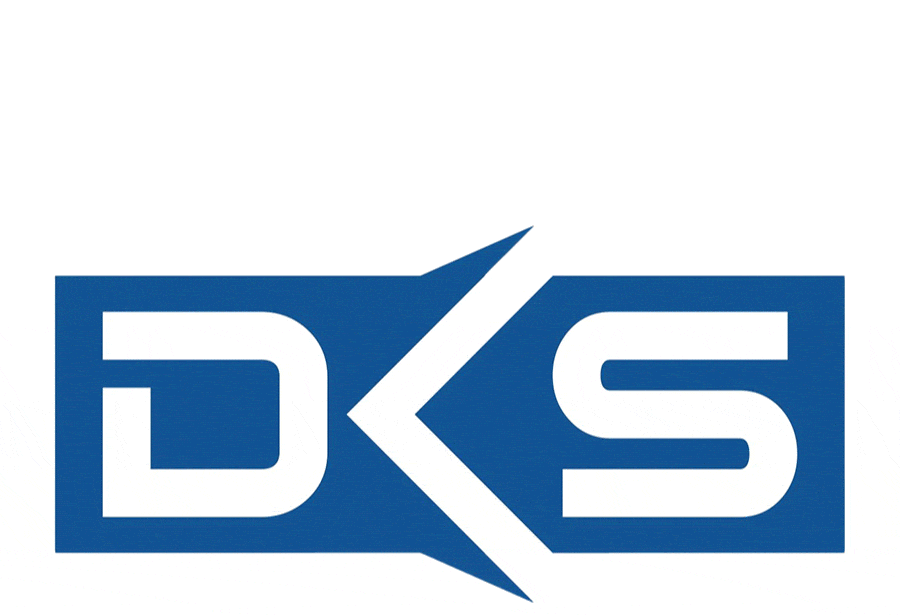Words surround everything we do. Odds are, you learned verbal communication through socialization with parents, teachers, and peers. You likely learned writing from a series of English teachers who required you to write more paragraphs than the previous year. They focused on vocabulary and reading comprehension while enforcing grammar rules, but they probably failed to teach you how to actually write.
Copywriting is the one type of writing that almost every professional does. Do you write emails at work? You’re a copywriter. Do you lead presentations and meetings? You’re a copywriter. Are you responsible for filing regular reports? You’re a copywriter. Here’s how to become a better one:
Less Is More
Students hate reading textbooks, and adults hate long emails. Time is money. As the writer, use your time to save your reader that expense.
Imagine you are standing in front of a conference room with a presentation. You have created beautiful slides full of statistics, knock-knock jokes, and huge paragraphs that came directly out of the handouts on the table. Be honest with yourself: who actually wants to read a bunch of tiny words on a distant screen? Unless your goal is to increase your coworker’s chance of eye strain and caffeine overdose, ditch the quotes. Pictures, graphs, and choppy bullet points are the most efficient use of your space.
What if you are on a marketing team? The newest product needs a flyer, and you might be tempted to write about all the amazing features. Don’t. Give the name of the product and your business, a place to go for more information (website or QR code works best), and a stingy number of words that reel them in. If there is something special about the product that you want to highlight, you might employ an arrow with a snappy description. Entice, don’t overload!
Ways to Shave
Synonyms. Words that are comparable, identical, analogous, similar — you get the point. When writing your first draft, use as many words as you need to get the idea out of your head and on the paper, but before you hit “send,” really analyze each phrase. See if there’s a synonymous word that can shorten the paragraph. It makes for a faster read and looks a lot less intimidating to the reader.
Bullet points:
- Quick
- Incomplete sentences
- Break up large bodies of text
- Catch attention
Sometimes cutting away at your hard work hurts. Maybe you really love what you wrote. Many writers fall into this trap. Think of the last book that you abandoned. Each sentence droned on … and on … and just when you thought it was finished, BAM! there’s a-whole-nother one. Be objective. If your points are repetitive, your reader is likely to gloss over your work anyway — and probably miss some important points! Cut, cut, cut!
Conclusions
If you want to make sure your impatient audience gets your point, leave what the internet kindly calls a “TL;DR”, or “Too Long; Didn’t Read.” Also known as a summary. Don’t be afraid to use bold or bullet points to make it pop off the page.
Remember, when writing something that you want people to read, but they might not want to read, make it as easy for them as possible. You can do this by keeping it short, using succinct, quippy synonyms, using bullet points, and when possible, letting pictures and graphs do the talking.
Need help with creating effective copywriting? Contact us! Our writers are here to help you take your communication to the next level.
Samantha Arteaga is a team member of Duran Kinst Strategies.
